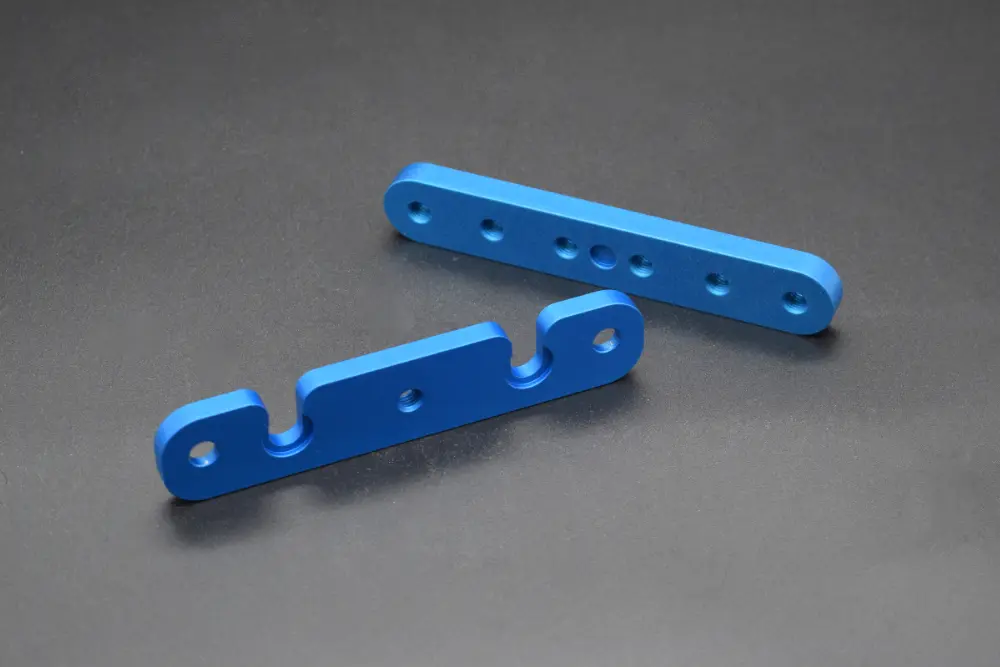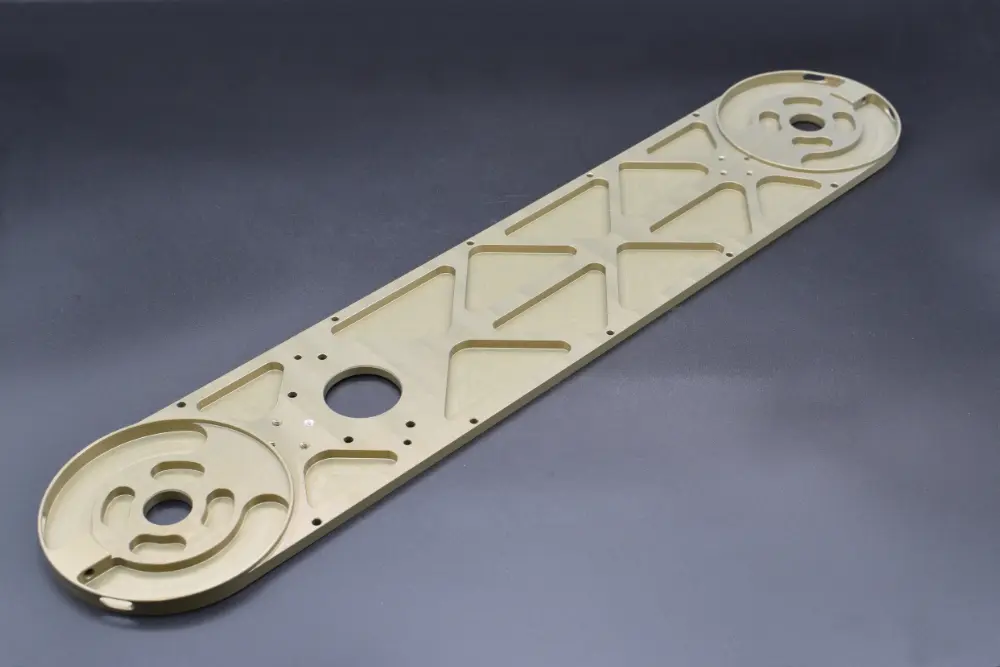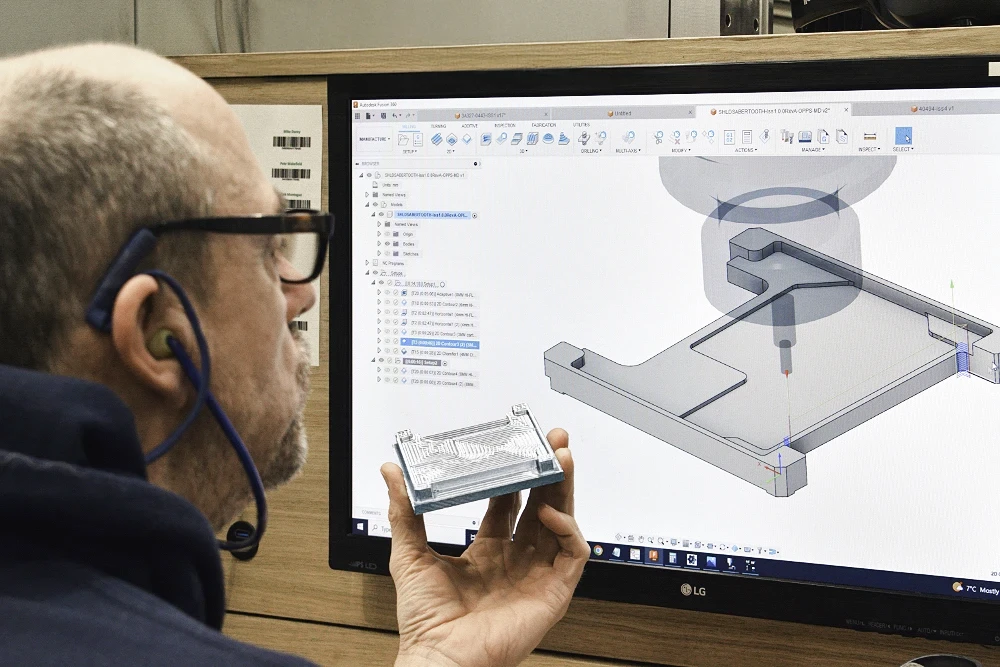 Contact us
Contact us
Have you ever marvelled at the sleek finish on your favourite gadgets? This level of finish is achieved from a process that is part science, part artistry. I’m talking about plating.
In this blog, I’m going to take you through what plating actually is, why you might choose plating as a finishing process for your next CNC machining project, the factors that affect the final plating finish, and how you can allow for plating at design stage.
Firstly, let’s make sure we’re on the same page. Plating is a common finish used for CNC machined components, a surface covering process where a thin layer of metal is added after machining.
There are several different forms of plating or coating including various types of anodising (notably Hard Anodising and Sulphuric Acid Anodising), chromate and non-chromate conversion, chrome plating, electroplating and electro-polish.
Plating can enhance both the functionality and aesthetics of a CNC machined component.
One primary advantage is the decorative quality it imparts to surfaces, allowing for a diverse choice of finishes and textures.
Beyond aesthetics, plating can significantly improve corrosion resistance, protecting components from environmental factors and extending their lifespan.
Additionally, it can enhance durability, ensuring that a machined part can withstand a suitable amount of wear and tear for the application.
People often perceive plating to be similar in approach to precision machining. The reality is that it requires a very distinct set of skills. Plating requires a unique blend of craftsmanship and technical expertise to carefully manage multiple variables and control factors.

Colour match anodising – specific colours can be chosen for visual reasons or branding
The final plating finish is dependent on the following factors:
Brass, for instance, is often selected for its excellent machinability and compatibility with various plating finishes. Achieving the best results starts with high-quality brass machining, as surface finish and dimensional precision directly influence the outcome of subsequent plating processes.
The tighter the post-plating finish tolerance or the more aesthetically perfect the desired result, the more care, time, control, and therefore cost is involved. For example, the consistently beautiful, brushed aluminium finishes on Apple products are no accident, they have invested millions of dollars into developing the production process.

Hard anodise – strengthen the component and protect it
If your plated or coated components have finished sizes with less than 50 microns total tolerance range, or if you are producing a customer-facing component where aesthetics are important, here are some of the main considerations:

Surtec 650 or alacrom – primer treatment for further treatments to be applied
At Penta, we work with a network of carefully selected plating and coating suppliers. All parts are subject to our rigorous quality procedures and go through a full inspection before being dispatched, ensuring we deliver outstanding quality finished components time after time.
If you’d like a no obligation chat about your next CNC machining project, get in touch with our experienced engineers on 023 9266 8334 or email <sales-email>.

This guide covers what is DFM, DFM meaning, how it fits into engineering and manufacturing, and how to improve your design so it’s ready for efficient production.